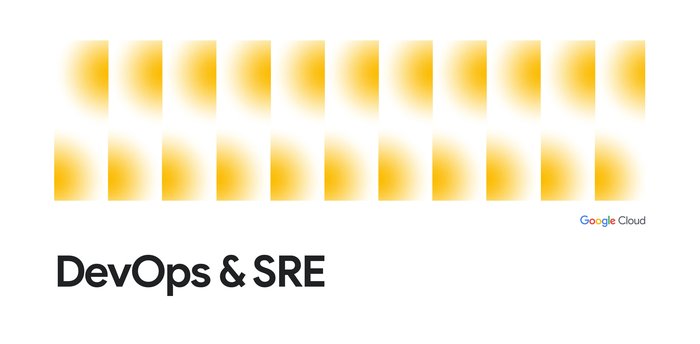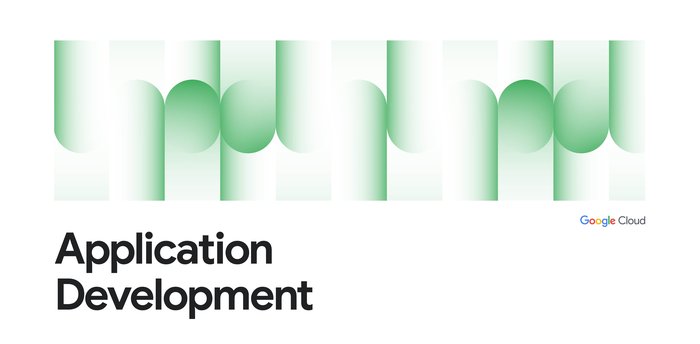Accelerate your cloud journey using a well-architected, principles-based framework
Kumar Dhanagopal
Cross-Product Solution Developer
In today's dynamic digital landscape, building and operating secure, reliable, cost-efficient and high-performing cloud solutions is no easy feat. Enterprises grapple with the complexities of cloud adoption, and often struggle to bridge the gap between business needs, technical implementation, and operational readiness. This is where the Google Cloud Well-Architected Framework comes in. The framework provides comprehensive guidance to help you design, develop, deploy, and operate efficient, secure, resilient, high-performing, and cost-effective Google Cloud topologies that support your security and compliance requirements.
Who should use the Well-Architected Framework?
The Well-Architected Framework caters to a broad spectrum of cloud professionals. Cloud architects, developers, IT administrators, decision makers and other practitioners can benefit from years of subject-matter expertise and knowledge both from within Google and from the industry. The framework distills this vast expertise and presents it as an easy-to-consume set of recommendations.
The recommendations in the Well-Architected Framework are organized under five, business-focused pillars.


We recently completed a revamp of the guidance in all the pillars and perspectives of the Well-Architected Framework to center the recommendations around a core set of design principles.
In addition to the above pillars, the Well-Architected Framework provides cross-pillar perspectives that present recommendations for selected domains, industries, and technologies like AI and machine learning (ML).
Benefits of adopting the Well-Architected Framework
The Well-Architected Framework is much more than a collection of design and operational recommendations. The framework empowers you with a structured principles-oriented design methodology that unlocks many advantages:
-
Enhanced security, privacy, and compliance: Security is paramount in the cloud. The Well-Architected Framework incorporates industry-leading security practices, helping ensure that your cloud architecture meets your security, privacy, and compliance requirements.
-
Optimized cost: The Well-Architected Framework lets you build and operate cost-efficient cloud solutions by promoting a cost-aware culture, focusing on resource optimization, and leveraging built-in cost-saving features in Google Cloud.
-
Resilience, scalability, and flexibility: As your business needs evolve, the Well-Architected Framework helps you design cloud deployments that can scale to accommodate changing demands, remain highly available, and be resilient to disasters and failures.
-
Operational excellence: The Well-Architected Framework promotes operationally sound architectures that are easy to operate, monitor, and maintain.
-
Predictable and workload-specific performance: The Well-Architected Framework offers guidance to help you build, deploy, and operate workloads that provide predictable performance based on your workloads’ needs.
-
The Well-Architected Framework also includes cross-pillar perspectives for selected domains, industries, and technologies like AI and machine learning (ML).
The principles and recommendations in the Google Cloud Well-Architected Framework are aligned with Google and industry best practices like Google’s Site Reliability Engineering (SRE) practices, DORA capabilities, the Google HEART framework for user-centered metrics, the FinOps framework, Supply-chain Levels for Software Artifacts (SLSA), and Google's Secure AI Framework (SAIF).
Embrace the Well-Architected Framework to transform your Google Cloud journey, and get comprehensive guidance on security, reliability, cost, performance, and operations — as well as targeted recommendations for specific industries and domains like AI and ML. To learn more, visit Google Cloud Well-Architected Framework.



